The Blue Bull, also known as the “nilgai,” is a large hoofed mammal. These antelopes live throughout most of India, and they are quite common. These mammals are some of the largest antelope species in Asia, though there are larger African antelope species.
They have large bodies, long necks, relatively small heads, and males have a pair of small horns atop their heads. Read on to learn about the Blue Bull.
Description of the Blue Bull
At their largest, these animals stand nearly five feet tall at the shoulder, and weigh 600 lbs. or more. Females are smaller than males, and some males weigh up to 400 lbs. more than females.
Males are gray-blue, while females have reddish-brown coats. Their body type is similar to that of a deer on steroids. They have long necks, small heads, and muscular bodies. Their coat colors vary between males and females, but both sexes have a white patch of fur directly under their chins. Male Blue Bulls have short horns, which are usually less than a foot long.
Interesting Facts About the Blue Bull
Blue Bulls are common mammals throughout India. Learn what makes these antelopes unique below.
- Social Structure – Herds of Blue Bulls vary in social structure. There are three types of herds, those with young calves, those with older calves, and bachelor groups. Females with young calves remain together in small groups, and once their calves are older they join larger herds and their yearling calves. When males mature they join all-male herds until it is time to breed.
- Fight or Flight – Though they could potentially harm a person if threatened, most of these animals flee when threatened. Although they are large, these mammals sometimes reach speeds up to 29 mph!
- Interspecies Cohesion – These antelopes share their space with several other species of large mammals. It is not uncommon for you to see these antelope grazing in close proximity to chitals, blackbucks, or Indian gazelles.
- Conspecific Aggression – Just because they appear peaceful with other animals doesn’t mean Blue Bulls don’t fight amongst themselves. Both males and females fight for dominance with members of the same sex. Males use their horns when fighting, and sometimes become grievously injured in the process.
Habitat of the Blue Bull
These antelopes live in a variety of different habitats. Most of their ecosystems are arid or semi-arid, with low rainfall. They inhabit grasslands, steppes, woodlands, and brushy areas. Their preferred habitats contain open areas with a variety of bushes and shrubbery. They also live in more urban areas, like pastures, farms, and ranches.
Distribution of the Blue Bull
Blue Bulls live throughout most of India. Their range extends from the northeast border of Pakistan south. The southernmost extent of their range lies near Bengaluru, India. The eastern extent of their distribution stops short of the western border of Bangladesh. A sliver of their range also extends into southern Nepal. Their populations are most common in northern India.
Diet of the Blue Bull
This antelope is an herbivore, which means that they eat plants. Blue Bulls graze for grass and browse for leaves and buds. They eat a wide variety of plants and plant parts, including seeds, fruits, leaves, stems, flowers, buds, and more.
Their long necks help them reach leaves higher up than some other hoofed mammals in their region. Most of their water comes from the plants that they eat.
Blue Bull and Human Interaction
Humans and Blue Bulls interact frequently because they live in regions with high human populations. In many areas, people view these animals as pests, or even vermin, because they feed on crops. People also hunt these antelopes for their meat.
Habitat destruction also impacts their populations. Though they are less common in some areas, the IUCN lists the population as a whole as Least Concern.
Domestication
Humans have not domesticated Blue Bulls in any way.
Does the Blue Bull Make a Good Pet
No, Blue Bulls do not make good pets. They are large, wild antelopes, and humans have not domesticated them in any way.
Blue Bull Care
In zoos, Blue Bulls require large enclosures with a variety of shrubbery and vegetation to browse on. They live in herds, so zoos keep herds of these antelopes so they don’t get lonely. They often live in enclosures with a variety of other hoofed mammals.
Zookeepers supplement their diet with a variety of leaves and branches to browse on, pelleted herbivore feed, vitamins, and minerals. Even though they do not drink a lot of water in the wild, in zoos these antelope have fresh water at all times.
Behavior of the Blue Bull
Social behavior varies based on age and sex. Females live in herds with other females, though females with younger calves break off into smaller herds and rejoin when their young are older.
Males do not live in herds with females. When males reach maturity, they join bachelor groups with all-male members. Regardless of gender, Blue Bulls are diurnal, and most foraging occurs during the day.
Reproduction of the Blue Bull
When the breeding season arrives, one large bull controls a harem of cows. Once the breeding season is over, the bulls leave the cows and join bachelor groups again.
Females have a gestation period of about eight or nine months. They give birth to one or two offspring, known as “calves.” The calves remain with their mother for at least a year. Young Blue Bulls do not begin breeding until they are three or four years old.


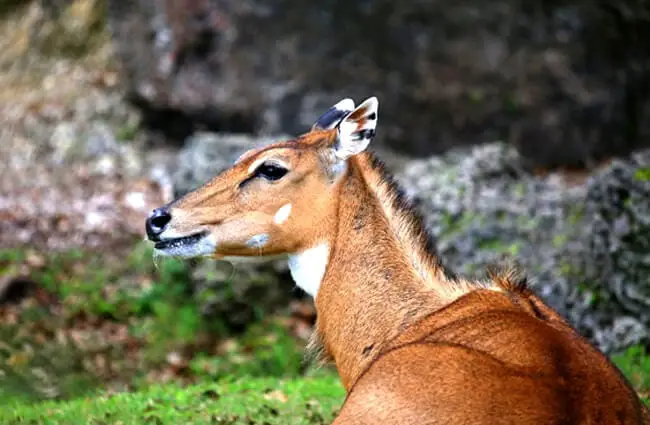
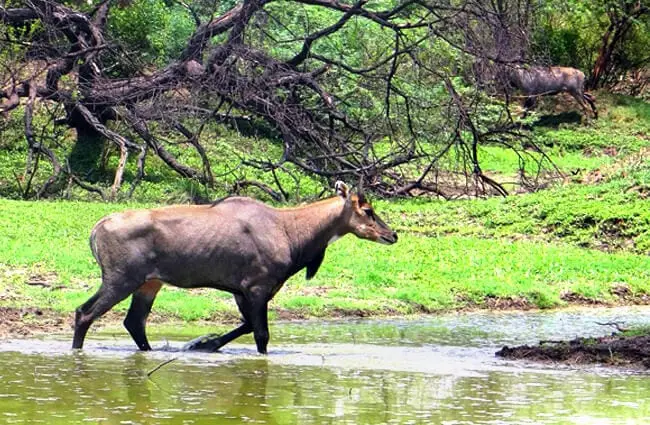

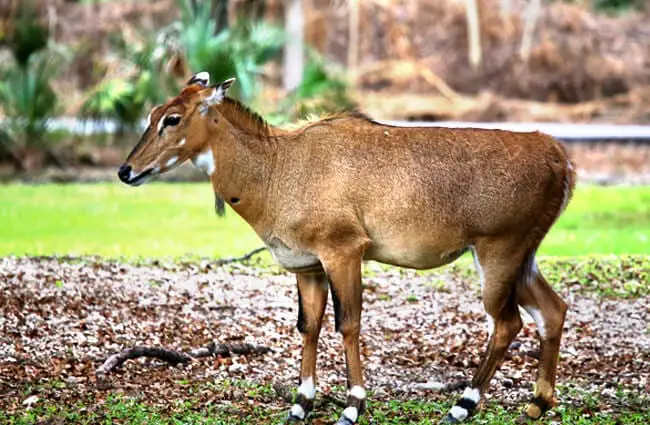

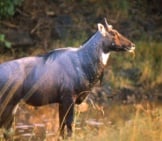


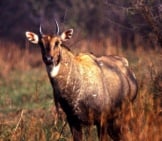


![Red Angus Closeup of a beautiful Red Angus cowPhoto by: U.S. Department of Agriculture [pubic domain]https://creativecommons.org/licenses/by/2.0/](https://animals.net/wp-content/uploads/2020/03/Red-Angus-4-238x178.jpg)












![Red Angus Closeup of a beautiful Red Angus cowPhoto by: U.S. Department of Agriculture [pubic domain]https://creativecommons.org/licenses/by/2.0/](https://animals.net/wp-content/uploads/2020/03/Red-Angus-4-100x75.jpg)

